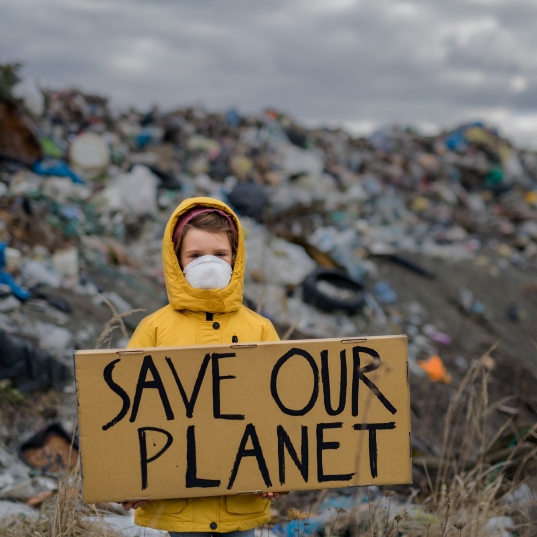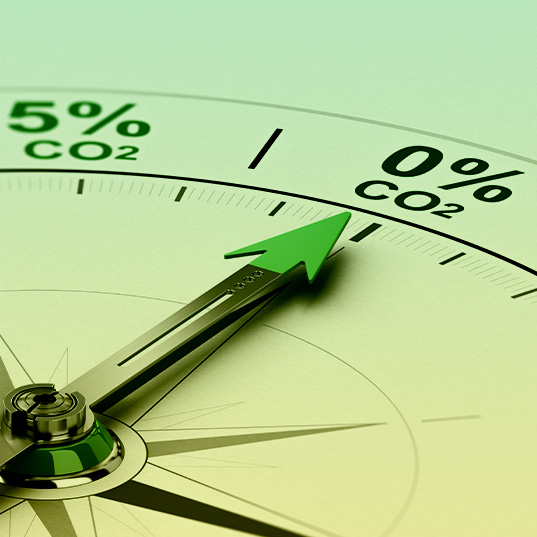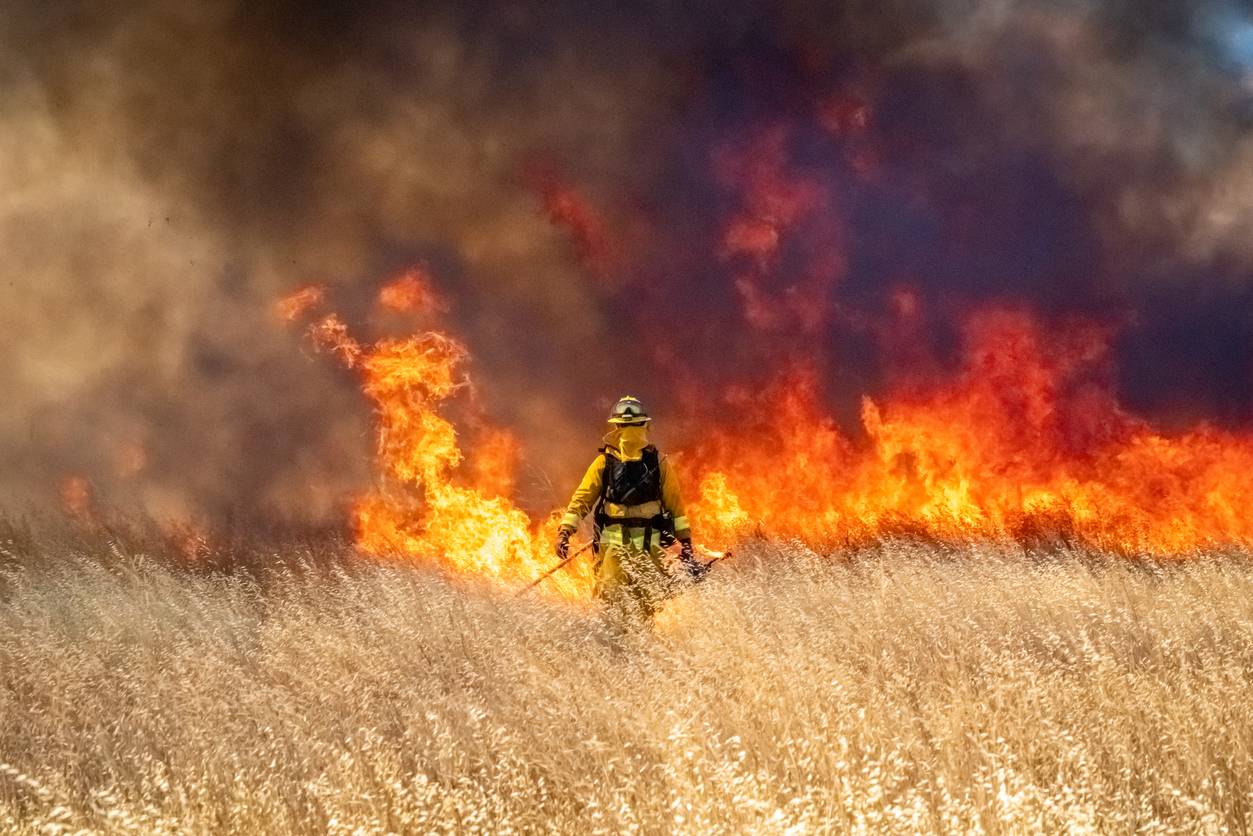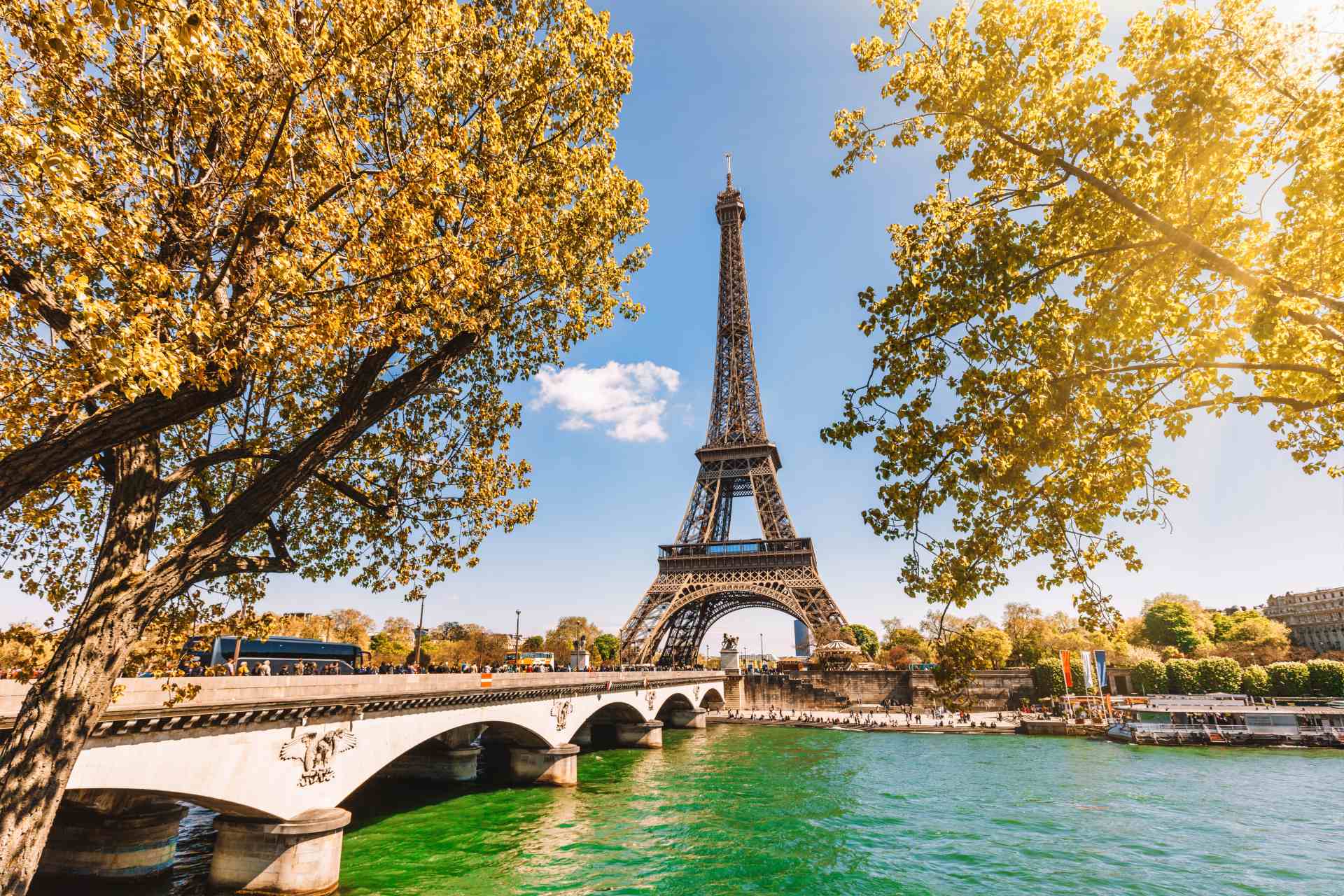What’s been achieved in the six years since the Paris Agreement?
The Paris Agreement got a euphoric welcome when it was signed back in 2015. But, in terms of commitments to climate change, are we moving at the speed the planet needs?
Remember the jubilation, applause, emotion? It was 12 December 2015 and, following two weeks of negotiations, conversations and speeches, world leaders signed an historic pact to protect the climate: the Paris Agreement.
COP21 finally seemed to have established a common path in the fight against climate change.
So, six years later, how has the climate deal progressed?
What you’ll find in this article
- What did the Paris Agreement entail?
- The Paris Agreement in 2021
- Are the Paris Agreement commitments enough?
What did the Paris Agreement entail?
 During those heady days at the end of 2015, France became the epicenter of world hope. After a series of weak climate change meetings, in which the world powers barely understood one another while the planet was growing warmer tenth by tenth of a degree Celsius, we suddenly had the Paris Agreement.
During those heady days at the end of 2015, France became the epicenter of world hope. After a series of weak climate change meetings, in which the world powers barely understood one another while the planet was growing warmer tenth by tenth of a degree Celsius, we suddenly had the Paris Agreement.
For the first time, countries worldwide (195 plus the European Union) agreed to implement the measures needed to prevent global warming from exceeding 2°C above pre-industrial levels, and they said they would strive to keep it down to 1.5°C above.
An ambitious target that required urgent action: achieving carbon neutrality and ending the burning of fossil fuels if we were to eliminate the excess of CO2 emissions.
According to the Paris Agreement, now six years old, all signatories were given five years to present their roadmaps to reduce greenhouse gas emissions, strategies known officially as Nationally Determined Contributions (NDC), by which each country would play their part in reaching the common goal.
The Paris Agreement in 2021
Just a few weeks ago, we were all waiting with baited breath to hear the outcome of COP 26 in Glasgow. The result was a climate summit with a certain amount of decisive and highly hopeful progress, but also a concern that action was not being taken swiftly enough.
The NDCs of the Paris Agreement function as a monitoring mechanism for the progress of each country. Every five years, the parties to the agreement have to present more ambitious climate goals. Consequently, COP26 was the most important climate meeting since Paris (it was delayed a year due to the pandemic), since the countries had to present their new NDCs. Not all countries, however, were being as ambitious as they needed. Although many advances had been achieved, great concern remained.
The biggest statement in the final declaration from COP26 was to urge nations to increase in 2022 their objectives to cut emissions over the rest of the decade. It also contained an explicit reference to coal and finally defined the so-called Paris Agreement Rule Book fixing transparency and reporting requirements for countries in terms of their emission reduction goals.
It could thus be said that, where in the Paris Agreement countries subscribed to a text recognizing the urgency with which we have to fight climate change and mitigate its consequences, COP26 defined concrete actions of how to do so. The great hope was that, if we could tackle the pandemic with science, technology and urgent regulatory measures, we could do the same in the fight against climate change.
“If we can tackle the pandemic with science, technology and urgent regulatory measures, we can do the same in the fight against climate change”
Are the Paris Agreement commitments enough?
 According to this year’s study by Climate Action Tracker (CAT), if nations continue to maintain their current policies regarding the climate, the planet is heading to at least 2.4°C of warming by the end of the century.
According to this year’s study by Climate Action Tracker (CAT), if nations continue to maintain their current policies regarding the climate, the planet is heading to at least 2.4°C of warming by the end of the century.
In line with this analysis, the NDCs of the main greenhouse gas emitters (such as the United States and China) are not enough to prevent global warming of over 1.5°C. Moreover, only Gambia, according to the CAT study, has plans that meet the Paris criteria.
All countries had to present new objectives for reducing emissions before Glasgow, but some failed to indicate an improved commitment, while other important economies didn’t even have a plan to achieve carbon neutrality. An area where COP26 did make progress, however, was in setting the next review of the national objectives to happen in 2023, and then again in 2025. From then on, it will be done every five years.
The financing promises that failed to materialize
Another crucial aspect of the Paris Agreement was the commitment by the wealthiest nations to provide 100 billion dollars a year to help developing countries fight the effects of climate change and build greener economies.
In 2019, they found 79.6 billion dollars and it’s possible they won’t reach the 100 billion target before 2023. For many governments this is one of the problems COP26 has not resolved, and the poorest and more disadvantaged countries are demanding action, although the final text does urge developed nations to provide at least the amount stipulated in the Paris Agreement every year until 2025.
Earth needs us to take urgent and decisive measures. Countries have another year to make progress before COP27 in Egypt. With the tonic provided by Glasgow, one hopes they will be able to complete their remaining work on the Paris Agreement in time.
Sources:
https://www.economist.com/interactive/paris-climate-agreement-annotated/







